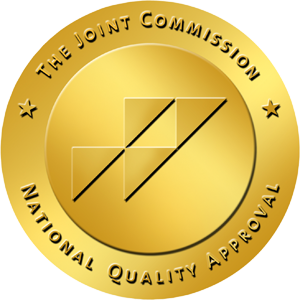What You Should Know About Sleep Apnea
 Sleep deprived? Irritable? Have difficulty concentrating? If you answered “yes” to the questions, you may have sleep apnea. According to the National Sleep Foundation, sleeplessness, irritability and difficulty concentrating are all symptoms of sleep apnea, and chronic snoring also is a strong indicator of the sleep disorder. Other symptoms include learning and memory difficulties, falling asleep while at work and on the phone, and drowsy driving.
Sleep deprived? Irritable? Have difficulty concentrating? If you answered “yes” to the questions, you may have sleep apnea. According to the National Sleep Foundation, sleeplessness, irritability and difficulty concentrating are all symptoms of sleep apnea, and chronic snoring also is a strong indicator of the sleep disorder. Other symptoms include learning and memory difficulties, falling asleep while at work and on the phone, and drowsy driving.
A person diagnosed with sleep apnea has brief and continuous interrupted breathing during sleep. The pause in breathing lasts at least ten seconds or more. There are two forms of sleep apnea – obstructive sleep apnea and central sleep apnea. Obstructive sleep apnea is more common and occurs when the muscles in the back of the throat fail to keep the airway open despite efforts to breathe. Central sleep apnea is when the brain fails to properly control breathing during sleep.
The National Sleep Foundation points out that more than 18 million American adults have sleep apnea, and it is difficult to estimate the prevalence of childhood obstructive sleep apnea because of widely varying monitoring techniques. However, sleep apnea occurs in all age groups and both sexes. If it is left untreated, serious complications can result, such as high blood pressure, heart attack, congestive heart failure, irregular heartbeat, stroke or depression. It is suggested that you see a doctor if you suspect you may have sleep apnea. You may also want to call your medical insurance provider to find out if you need a referral for a visit to a sleep center, where a sleep study is conducted to diagnose sleep apnea and determine its severity. In some cases, treatment can begin during the first night in the sleep center.
The most popular treatment for obstructive sleep apnea is the use of a continuous positive airway pressure device (CPAP), which has a mask that fits over the nose and/or mouth and gently blows air into the airway to help keep it open during sleep. This method of treatment is highly effective with major health benefits if the CPAP device is used correctly and as recommended by your doctor. Another form of treatment is the use of a bi-level positive airway pressure device (BiPAP). Similar to a CPAP device, a BiPAP device sends air through a tube into a mask that fits over the nose. However, a CPAP device delivers a single pressure, but a BiPAP device delivers an inhale pressure and an exhale pressure. It is usually used when a CPAP device is not tolerated by the patient.
Carmichael’s locations in Crowley, Lafayette and Lake Charles, Louisiana provide a wide variety of home respiratory therapy equipment and supplies such as CPAP and BiPAP devices to patients with sleep apnea. Our representatives also coordinate the prescribed therapy with the patient’s physician and train the patient and caregiver in the correct usage of the equipment.
Contact a Carmichael’s representative to discuss any respiratory therapy equipment products and supplies needs or to request additional information.




 Accredited/Certified by The Joint Commission
Accredited/Certified by The Joint Commission